The Future of Intellectual Property Rights (IPRs) In The Cannabis Market

- 1. Can you have intellectual property rights on a cannabis strain?
- 2. Situation on cannabis intellectual property rights nowadays
- 3. Near future of intellectual property rights in cannabis
- 3. a. Patents
- 3. b. Trademarks
- 4. In conclusion
Before there were hundreds of cannabis strains available, cannabis plants were pure landraces: Back in the 80s, the first commercial strains were released and due to the desirable characteristics, became insanely popular, which gave birth to the first hybridized strains. Since then, breeders have competed to breed the very best strains but due to cannabis prohibition their work has not been copyrighted, so brands could eventually use their genetics with a different name. Nowadays that cannabis laws have changed and the cannabis market is attracting attention, not only breeders but big corporations want to copyright their strains, but is it possible?
1. Can You Have Intellectual Property Rights On A Cannabis Strain?
In states or countries where cannabis is legal, dispensaries offer several different cannabis strains, each one with its own name, quality, and price. In most cases, retail shops do not have the rights to the strains, so how can you keep a shop from selling your strain? Well, it’s complicated. First of all, there’s a difference between a strain’s given name and the name of the variety. In general, plant varieties cannot be trademarked so growers and breeders can add a trademark on top of that while the plant variety remains as a public domain for everyone to use.
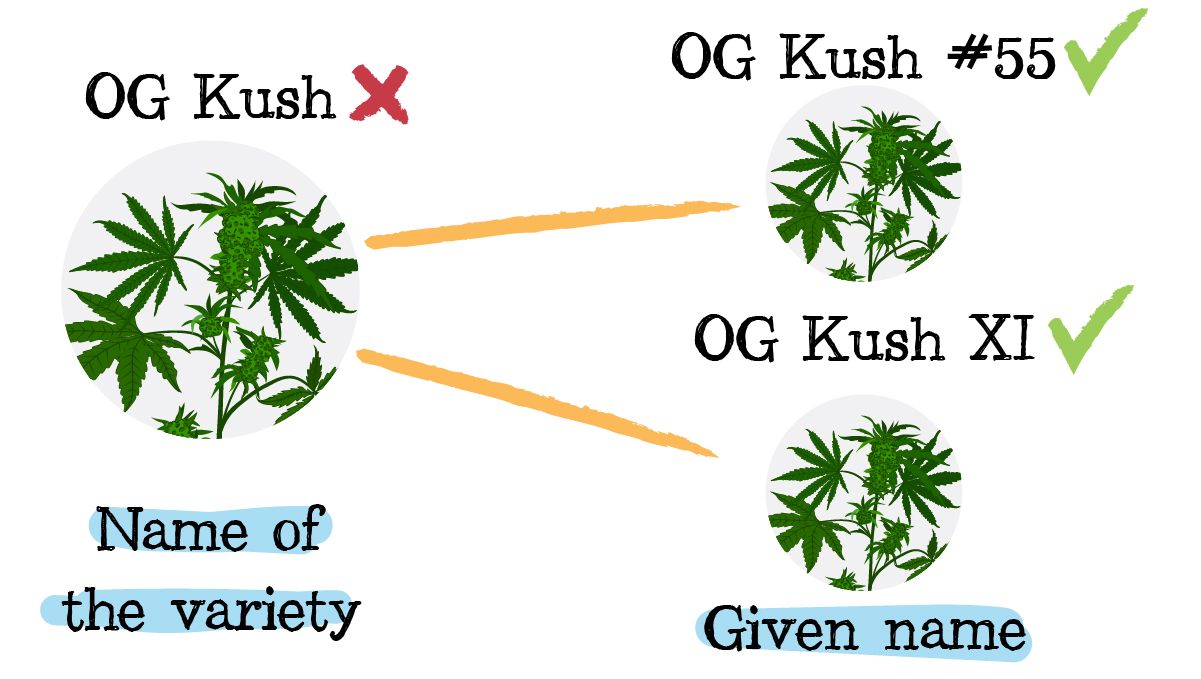
For example, Rainier Fuji Apples is a trademark, this means that other companies cannot call their apples Rainier but they can still identify their apples as being Fuji due to Fuji being the variety. These trademarks on top of the plant variety help identify the type of apple and the source of the apples, but could this work for cannabis strains? In 2010, the federal Patent and Trademark Office allowed trademark registration of medical cannabis but the idea didn’t last long.
According to federal law, cannabis is still illegal so you cannot trademark something that refers to an illicit drug. With that said, trademarking does not require you to register the product itself but rather a brand that can be used to identify the source of the particular product, and that is already happening in some places but the cannabis industry, in some places, still lacks many protections that other types of products have against copying.
2. Situation On Cannabis Intellectual Property Rights Nowadays
The current state of cannabis copyrights gives hope to all breeders and growers. In states where medical cannabis use is legal, authorities are working on giving patents to those who can present a cannabis strain with new traits, something like an improved version of the previous genetics. For example, a more resistant strain against mold of a higher CBD content and, in addition, the new strain should have significant genetic modifications that indicate it’s been developed for a certain period of time.
The first cannabis patent was given to a lab in Colorado back in 2015, the patent was for a strain that presented a unique terpene profile and specific cannabinoids. Since then, more companies have applied for patents related to cannabis so it may be possible but small breeders have a huge disadvantage compared with big companies due to the process being very expensive and slow.
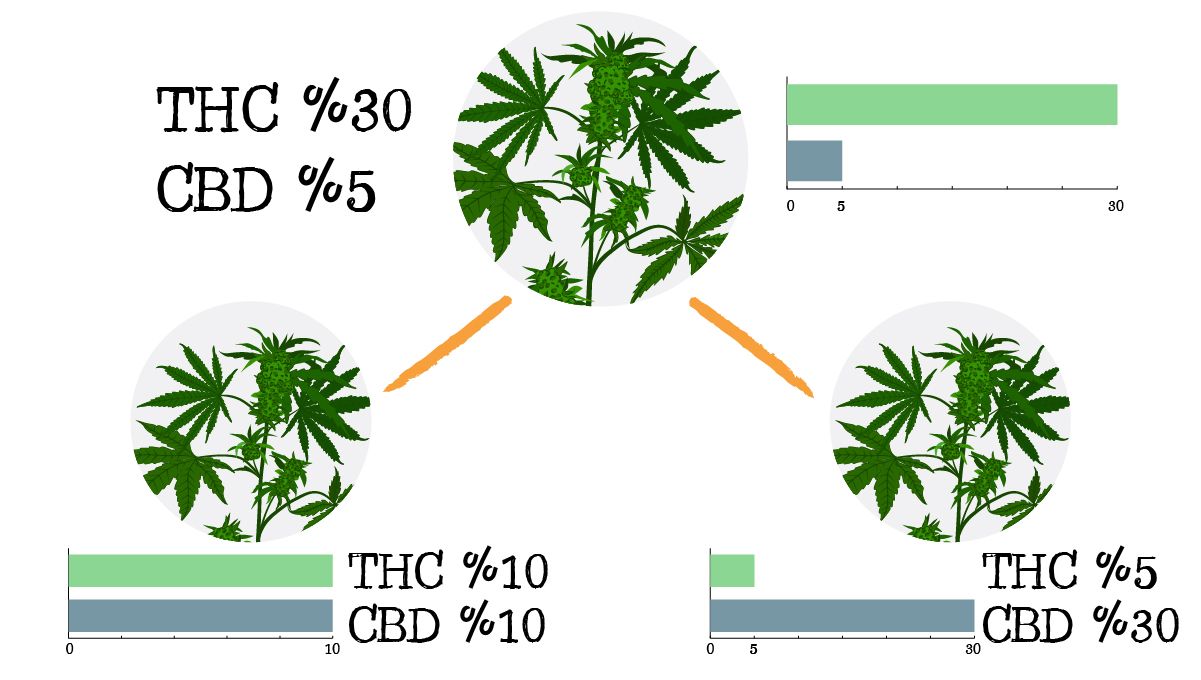
As cannabis becomes legal all over the world, the value of well-developed strains is more evident. A couple of years ago, breeders had to remain anonymous due to cannabis laws but now that companies are able to breed with their genetics without having to get their approval, breeders are starting to claim recognition to be able to make a living with their work and to be able to continue working with their genetics.
For most breeders, copyright is not about the money. In fact, most breeders and growers are against cannabis copyrights because you need a strain that already exists to be able to create a new strain but, realistically, copyrighting will happen eventually so breeders should protect their creations before big corporations take over.
3. Near Future Of Intellectual Property Rights In Cannabis
As for the near future, it looks like copyrighting will depend on genetic documentation, there are laboratories currently working on understanding how cannabis evolves in order to protect strain diversity and perform genetic tests to get to know a strain’s characteristics and its relation with other strains.
These types of tests can be very useful for breeders and consumers, this way consumers will know exactly what they’re buying and breeders can protect their strains so no one else can patent their creations but, in order for this to work, breeders will have to meet certain requirements that are not yet established but, based on current IPR regulations, experts say they could probably be the following:
Plant Breeder’s Copyrights
Plant breeding has been done for centuries but the distinction between grower and breeder has been made recently, in the 20th century. Quality breeding requires large spaces, specialized equipment, and a lot of knowledge among other things, so plant breeder’s rights refer to the rights a breeder has to get a return on the investments. By “owning” a cannabis strain, breeders have a series of exclusive rights, which are:
- The right to produce and reproduce the strain;
- To clone the strain in order to propagate it;
- To sell clones and seeds of the strain;
- To export and import clones of the same strain;
- To clone the strain to produce another commercial strain if a clone of the original strain is needed;
- To use any part of the plant for the production of products other than clones;
- To stock clones;
- And to authorize someone else to clone its strain;
Anyone who successfully trademarks a cannabis strain could benefit from the rights mentioned above for 20 years, but, in order to do so, there are some requirements to be met. For a strain to be protected it must be:
Requirements For Copyrighting A Cannabis Strain
| New | Meaning the breeder hasn’t sold the strain for more than 1 year | |
|---|---|---|
| Distinct | This means it should have unique traits unlike any other strains | |
| Uniform | Meaning all plants should develop equally and show the same traits | |
| Stable | This means all the offsprings need to have the same traits as the parent plants | |
Furthermore, plant breeder’s rights can include derived varieties, this protects the original breeders from getting a copyright for modifying one trait of the original variety. Essentially derived varieties (EDVs) are basically plants derived from another plant variety (the initial variety). EDVs are defined by the following:
- A plant variety is an EDV if it’s derived from an initial variety and it maintains the essential traits of the initial variety;
- It’s easily distinguishable from the initial variety;
- And expresses the essential traits of the initial variety, except for the differences that result from its derivation.
Unfortunately, the lack of precedent in regards to cannabis plant breeder’s rights and the federal laws on recreational cannabis make it hard for the cannabis industry to establish a pattern in cannabis copyrights.
Patents
Patents are the most sought-after form of protection because a patent can be accepted internationally and provide protection for 20 years. But, in order to get this type of protection, the applicant must show that what he wants to patent is new, useful, and inventive, which can be hard.

When talking about cannabis plants, it’s extremely difficult to prove a strain is new and useful, and on top of that, researchers have claimed that it’s impossible for a life form to be “inventive”, so you cannot patent plants, animals, and humans, this means strains and seeds are unpatentable. But luckily, The Open Cannabis Project is working on collecting DNA samples and publishing them in an online database, this would be really helpful for classifying strains and preventing patents on genetics that are not truly new while helping identify strains that are of public domain.
Trademarks
Cannabis breeders could benefit from trademarks, which also provide protection and can help distinguish your brand from another. This can be used to not only protect strain names but also the products. In order to do so, the strain or product must not be deceptively misdescriptive and cannot have words such as weed, green, or anything related to cannabis. Also, breeders wouldn’t be able to describe the type of effect the product offers, as an example, some companies have already registered medical cannabis products and describe the effects as “good morning”, “bedtime” and “ lights off”.
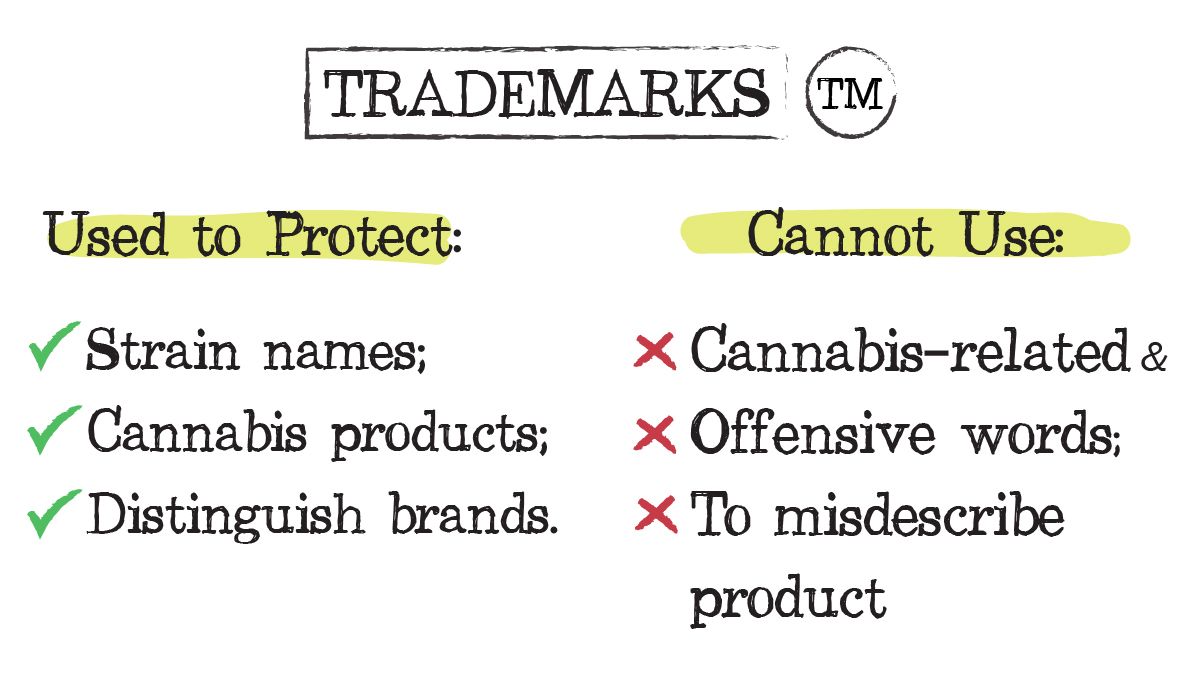
Apart from the problems mentioned, it would be almost impossible to trademark strain names such as “Jelly Rancher” due to trademark infringement, and “Alaskan Thunderfuck” due to being offensive, which the US declared unconstitutional as it violates freedom of expression but it’s not the case for all countries.
While trademarks can provide protection to plant breeders, the extent to which trademarks, and patents will work in cannabis is unknown, and it’s possible that more issues arise when it takes effect.
4. In Conclusion
How legal recreational cannabis and the legality behind IPRs works will have a huge impact on the cannabis industry and, on the other hand, the recreational cannabis market will also have a huge impact on IPRs. This means that IPRs and cannabis will most likely work in two scenarios.
In the first one, the recreational market will be able to take advantage of patents and plant breeder’s rights while on the other, the market would be controlled by big corporations and breeders will find several obstacles such as using genetic modification and more advanced techniques in order to own the rights to their strains, which could difficult things a lot for small breeders.
Obviously, these are theories and neither of them could happen but it could change how certain things in the cannabis industry work at the moment, unfortunately, it’s up to those in power to decide how IPRs in cannabis work, so let’s hope for the best. If you know more about IPRs in cannabis, feel free to share your knowledge in the comment section below!
External References
- IPR and biotechnological innovation. - Kaur, Jasleen & Manav, Navneet. (2021)
- Trends in intellectual property rights protection for medical cannabis and related products. - Wyse, Joseph & Luria, Gilad. (2021).
- Cannabis Breeders’ Rights: Intellectual Property in Canada’s Legal Marihuana Market. - de Beer, Jeremy & Gaffen, Alyssa. (2017).








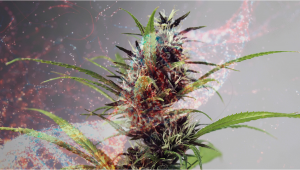
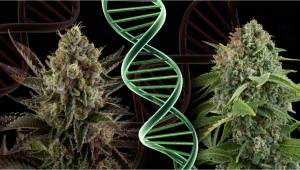
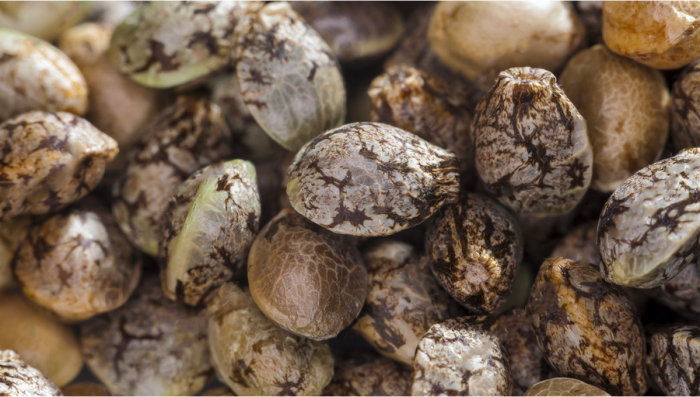

Comments